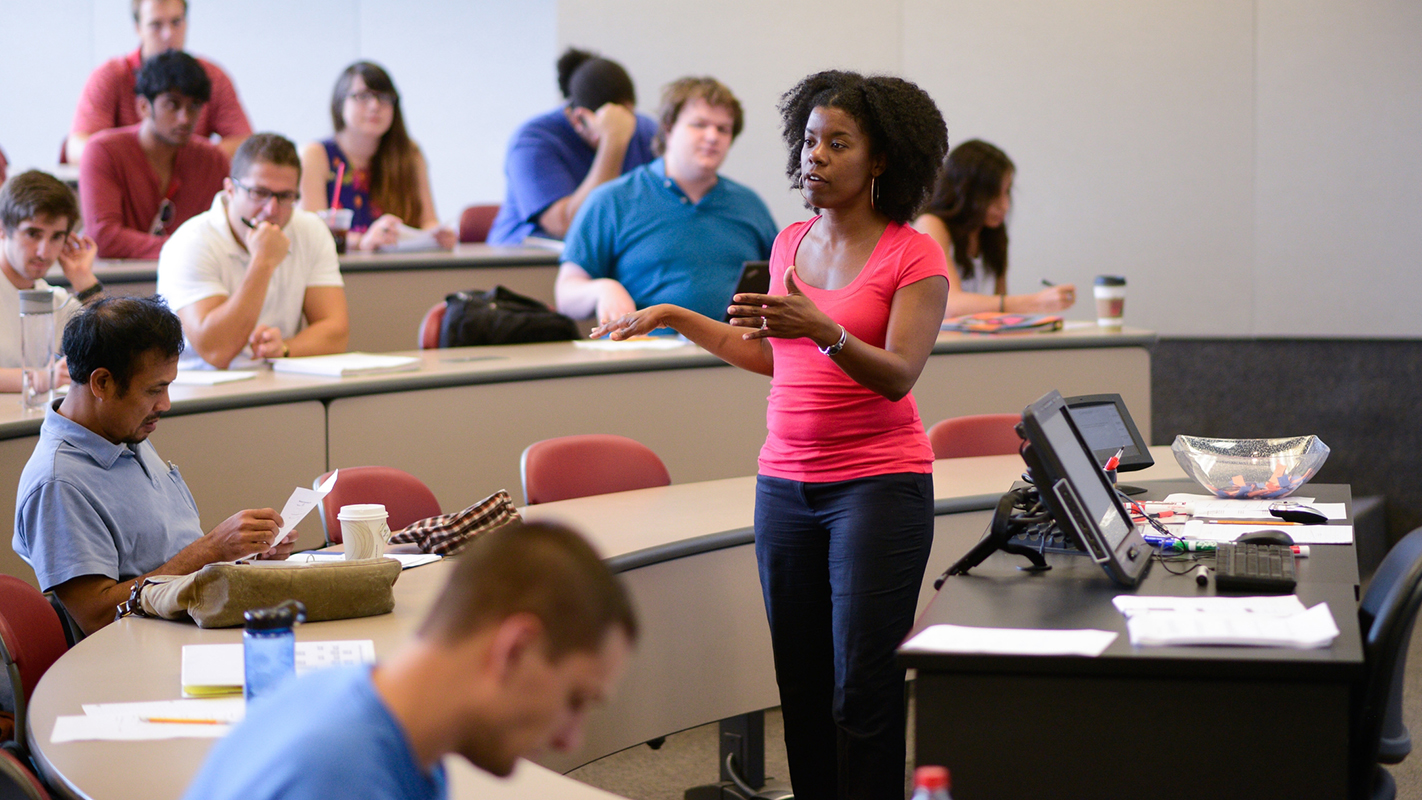For Immediate Release
Research from North Carolina State University finds that “multimodal” communication – using a mix of words, images and other resources – is important for students and faculty in higher education, a finding that argues for increased instruction in multimodal communication for undergraduates.
At issue are “modes” of communication, with each mode being a different means of communicating information. For example, speech, the written word, sound, physical gestures and graphic images are all different modes of communication. Multimodal communication is communication that takes advantage of multiple modes, such as a PowerPoint presentation or a television commercial.
“We wanted to know how relevant multimodality was to academic writing instruction,” says Gwendolynne Reid, a Ph.D. student at NC State and lead author of a paper on the work.
“We know, from previous research, that multimodal communication is important for professional and civic life, but we wanted to know if it was also important for success in academic life,” says Robin Snead, a lecturer at the University of North Carolina at Pembroke and co-author of the paper. Snead worked on the project while a Ph.D. student at NC State.
The researchers surveyed 65 faculty members in multiple disciplines at a large university. The survey collected information on the study participants, the communication assignments they gave their students and the types of communication they did themselves.
The researchers found that, across all disciplines, more than half of study participants assigned multimodal communication work to students – and more than 70 percent did multimodal work themselves. Multimodal work was most common for science faculty, with 90 percent reporting that they engaged in multimodal communication.
The most common form of multimodal communication among all students and faculty was presentations that incorporated visual or multimedia components. Another common form of multimodal communication was formal academic writing that included visuals, such as graphs or charts.
“These findings tell us that it’s important to continue research on multimodal communication in different academic contexts in order to inform instruction,” Reid says. “What constitutes ‘good’ communication is going to vary according to context – good communication on an academic blog is likely to look different from good communication in a technical paper.”
“We want to help students navigate these differences,” Snead says. “That means helping students both understand multimodal communication and use multimodal techniques to communicate effectively.”
“This is about giving students the tools they need to communicate successfully during their academic careers,” Reid says.
The paper, “Multimodal communication in the university: Surveying faculty across disciplines,” is published in the journal Across the Disciplines. The paper was co-authored by Keon Pettiway and Brent Simoneaux of NC State.
-shipman-
Note to Editors: The study abstract follows.
“Multimodal communication in the university: Surveying faculty across disciplines”
Authors: Gwendolynne Reid, Robin Snead, Keon Pettiway and Brent Simoneaux
Published: March 28, Across the Disciplines
Abstract: While a strong case has been made for addressing multimodality in composition, the case has been less clear for WAC/WID and CxC programs and research. Studies of disciplinary communication have documented the use of multiple modes in a number of fields, but few engage directly with theories of multimodality or with multimodality in context of changes related to networked, digital media. This study presents a snapshot of multimodal communication practices and assignments across disciplines developed through a survey of faculty at a research-intensive public university. Quantitative results indicate that, with some disciplinary variation, faculty across disciplines use multiple modes of communication in their professional work, their scholarly communication, and their pedagogy. Qualitative analysis of faculty responses complicates this picture with diverse conceptualizations of the relationships between modes. Themes related to faculty experiences of genre change and to the challenges of communicating about multimodality across disciplines are also addressed. These results justify the need for professional development efforts focused on multimodality in the context of WAC/WID and CxC programs and for continued research on multimodality in university contexts, even as they point to the challenges of communicating across disciplines that lack shared vocabulary.
- Categories:



